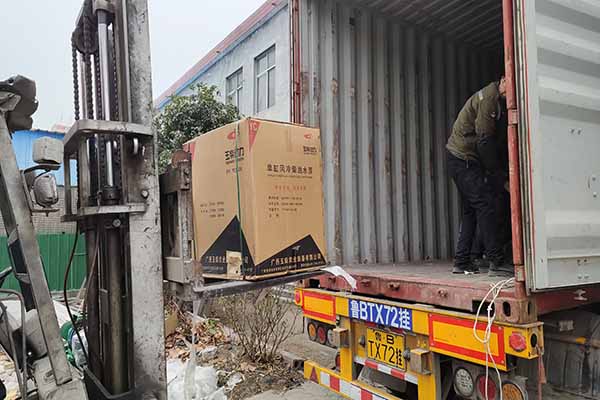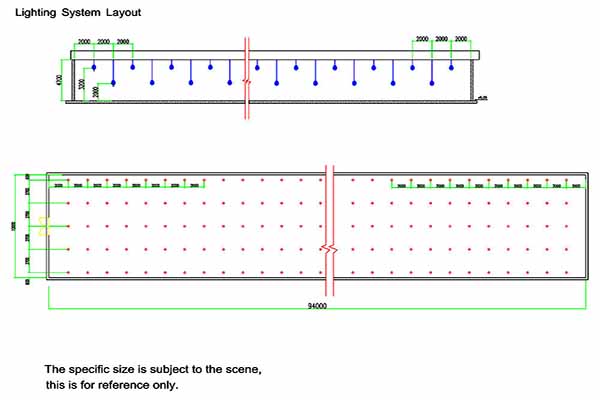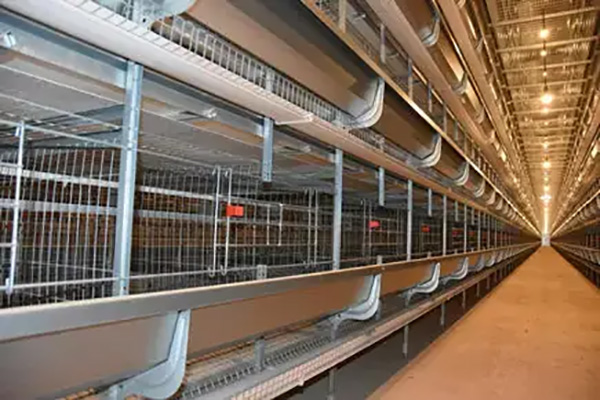Budget Planning Guide for Automated Chicken Farms in Uganda
Time : 2025-07-03
Automated chicken farming has become increasingly popular in Uganda due to its efficiency and ability to produce high-quality meat and eggs. However, setting up an automated chicken farm requires careful planning and budgeting. This guide will help you create a comprehensive budget plan for your automated chicken farm in Uganda.
1. Initial Investment Costs
Initial investment costs are the first and most significant expenses when setting up an automated chicken farm. Here are some of the key components:
1.1 Chicken Houses
Chicken houses are essential for providing a safe and comfortable environment for the chickens. The size of the chicken houses will depend on the number of chickens you plan to raise. Factors to consider include:

- Size: Determine the number of chickens you want to house and choose a chicken house accordingly.
- Design: Choose a design that is suitable for your farm’s climate and allows for proper ventilation and lighting.
- Material: Select durable materials that can withstand the weather conditions in Uganda.
1.2 Equipment
Automated chicken farms require specialized equipment for feeding, watering, cleaning, and monitoring the chickens. Some of the key equipment includes:

- Automated feeders: These feeders dispense feed at predetermined intervals, ensuring that the chickens receive adequate nutrition.
- Waterers: Automated waterers provide continuous access to clean water, which is crucial for the chickens’ health.
- Scrapers: These devices remove manure and other waste from the chicken houses, keeping the environment clean and hygienic.
- Environmental control systems: These systems monitor and control the temperature, humidity, and CO2 levels in the chicken houses.
- Monitoring cameras: These cameras allow you to keep an eye on the chickens remotely and detect any potential issues early on.
1.3 Feed and Water Supply
The cost of feed and water will be a significant portion of your budget. Choose a high-quality feed suitable for the age and type of chickens you plan to raise. Also, ensure that you have a reliable water supply for both the chickens and the farm workers.
2. Operational Costs
Operational costs are the ongoing expenses associated with running your automated chicken farm. Here are some of the key components:
2.1 Feed and Water
As mentioned earlier, feed and water will be a significant ongoing expense. Keep track of your feed and water usage to optimize costs and minimize waste.
2.2 Labor
Although automated chicken farms require less labor compared to traditional farms, you will still need workers to monitor the systems, maintain the equipment, and manage the farm. Determine the number of workers you need and set a budget for their salaries, benefits, and training.
2.3 Utilities
Utilities such as electricity, water, and gas will be a significant expense. Ensure that your chicken houses and equipment are energy-efficient to minimize utility costs.
2.4 Maintenance
Regular maintenance of the equipment and chicken houses is crucial for the long-term success of your farm. Set aside a budget for routine maintenance, repairs, and upgrades.

3. Marketing and Sales
Marketing and sales are essential for generating revenue. Consider the following costs:
3.1 Advertising
Invest in advertising to promote your farm and its products. Determine the most effective marketing channels for your target market and set a budget accordingly.
3.2 Distribution
Plan for the cost of transporting your products to customers. This may include fuel, vehicle maintenance, and delivery fees.
4. Contingency Fund
It’s always a good idea to have a contingency fund to cover unexpected expenses. Allocate a percentage of your budget for this purpose.
5. Conclusion
Setting up an automated chicken farm in Uganda requires careful budget planning. By considering the initial investment costs, operational costs, marketing and sales expenses, and setting aside a contingency fund, you can ensure the financial success of your farm. Remember to stay flexible and adapt your budget plan as your farm grows and evolves.











